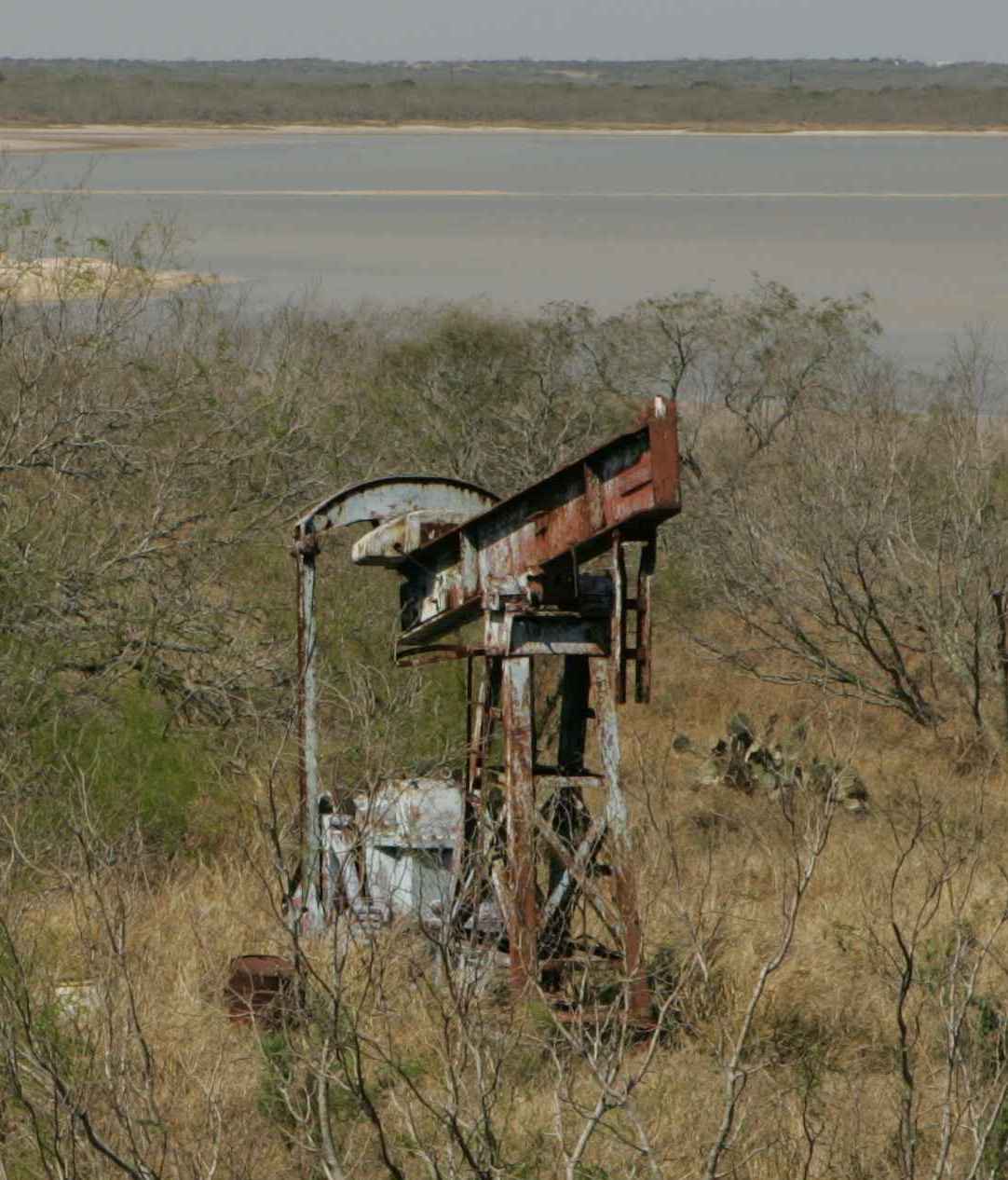In this episode, we dive into what you need to know from a mineral owner perspective to make sure you make the most of the situation should you be faced with owning an interest in a well that is at the end of its life. Whether it presents the opportunity to negotiate an oil and gas lease or whether you’d prefer that the well continues to pay small royalties, if you are proactive you can leverage your knowledge of the regulations in your state to make the most of the situation.
While the economic considerations of plugging and abandoning wells can be complex, the environmental and safety concerns make it necessary to properly address wells that have reached the end of their productive life. The process for permanently plugging and abandoning (P&A’ing) a well has not changed much over the past 50 or more years. That said, there is more scrutiny today on what happens to oil & gas wells when they reach the end of their productive life so they don’t become a safety and/or an environmental hazard.
Be sure to also subscribe on Apple Podcasts via the link above and please leave us an honest rating and review. We read every one of them and sincerely appreciate any feedback you have. To ask us a question to be featured on an upcoming episode, please leave a comment below or send an email to feedback@mineralrightspodcast.com.
What is Plugging & Abandonment (P&A)
Imagine an aging oil or gas well, its productive years now behind it. The phase of plugging and abandonment marks the culmination of its operational lifespan. Yet, this isn’t merely the cessation of production of oil and/or gas; rather, it is a process aimed at preventing environmental contamination and ensuring safety while restoring the land back to its original condition. As mineral owners, understanding this process is important, especially if we also own the surface rights. A properly plugged well not only may provide you with the opportunity lease your mineral rights again, it could avert potential environmental or safety hazards.
The Process Unveiled: Peeling back the layers of the plugging process reveals several tasks that must be completed in order to properly close a wellsite. From obvious steps like the removal of any tanks or other surface equipment, to the detailed plugging and sealing of the wellbore using cement and other “permanent” materials, there are many steps that are involved. There are industry standards for plugging & abandoning wells to mitigate communication between hydrocarbon bearing zones and any water disposal or drinking water aquifers. State and federal regulations outline the process and requirements for permanently abandoning a well to ensure that it doesn’t become a problem in the future.
The primary responsibility for the plugging and abandonment process rests with the operator of the well. However, if you are a surface owner who is approached to build a wellpad on your land, you may be asked to sign a Surface Use Agreement. This is the opportunity to outline the requirements for how you want the land restored once it is time to plug & abandon the well and restore the land back to its original condition. This agreement can help ensure that the operator bears the financial burden for restoring your property exactly how you want it when the well stops producing.
Orphan Wells
One of the key issues that come up during the conversation is the problem of orphan wells. These are wells that have been improperly abandoned and become an environmental liability. The plugging and abandonment of wells are highly technical and specialized processes that involve pumping cement down the well bore to seal off any productive layers and prevent fluid migration between rock layers. Failure to properly address oil and gas wells that have reached the end of their productive life can result in environmental hazards, leading to fluid migration between rock layers or to the surface.
A prime example of this is the man-made geyser that erupted in West Texas in January of 2022. Caused by an old well of unknown age and depth, likely drilled before the Texas Railroad Commission was formed and began keeping records, this well became a conduit to the surface for saltwater that was potentially injected into a deeper formation that the well must have intersected.
Preventing Orphan Wells
Regulations have been established to ensure that companies follow the proper procedures when plugging and abandoning wells. These regulations outline specific steps and requirements that companies must follow, including submitting plans to the state on how the well will be plugged and abandoned. The plugging and abandonment of wells can be expensive, and smaller operators may not have the financial resources to cover the costs of plugging all of their marginal wells at one time. In addition, stronger bonding requirements are being put in place in many states to ensure that companies have the funds necessary to plug and abandon wells when needed.
Why Wells Aren’t Plugged Right Away
Companies opt to keep wells going for as long as possible, even after they have reached the end of their productive life, to avoid losing lease agreements that hold multiple sections of land. If they have plans to drill additional wells on the acreage that is being “held by production,” they may decide to continue to operate a well that is no longer making money (sometimes referred to “producing in paying quantities”).
If you have an interest in a well that you believe is no longer producing oil & gas in paying quantities and the terms of your oil & gas lease dictate this as a requirement to continue to hold the lease, you may be able to request that the operator release the acreage so that you can lease it again. This may present an opportunity to lease the same acreage again to the same or another lessee for more favorable terms and a higher royalty rate. It is important for mineral and surface owners to be aware of their rights and work with a qualified attorney licensed to practice law in the state where your property is located.
Conclusion
In conclusion, the plugging and abandonment of wells is a complex process that involves balancing economic, environmental, and regulatory considerations. While the economic reasons for delaying plugging and abandoning wells can be complex, the environmental and safety concerns make it necessary to properly address these wells at some point in the future.
Regulations have been established to ensure that companies follow the proper procedures, and bonding requirements have been put in place to ensure that funds are available to plug and abandon wells when needed. It is important for royalty owners, surface owners, and companies to be aware of their rights and responsibilities when it comes to the plugging and abandonment of wells.
Resources Mentioned in this Episode
- Plugging and Abandonment of Oil and Gas Wells
- A Forgotten Oil Well Births a 100-Foot Geyser in West Texas
- MRP 53: Negative Royalties and What to Do When Your Well Gets Shut-in
- MRP 57: What to do When Your Wells Get Shut-in
- MRP 133: Mineral Rights News December 2021
- MRP 144: Solutions to the Orphan Wells Problem
- MRP 145: Abandoned and Orphan Wells with Professor Jim Crompton
- MRP 150: Colorado’s New Financial Assurance Rules with Neil Ray
Thanks for Listening!
To share your thoughts:
- Leave a comment or question below (we read each one and your question may be featured in a future episode)!
- Ask a question or leave us feedback via email.
To help out the show:
Click the Apple Podcasts Logo Above to leave us a rating & review. It really helps us reach those that need to hear this information and only takes a minute. We greatly appreciate it! Plus, you can get a shout out on a future episode!
Thanks again – until next time!



